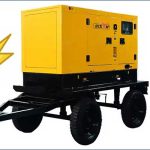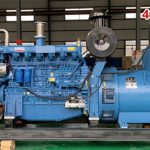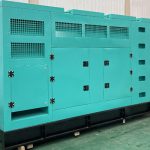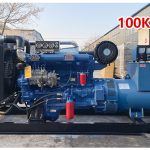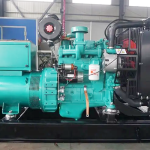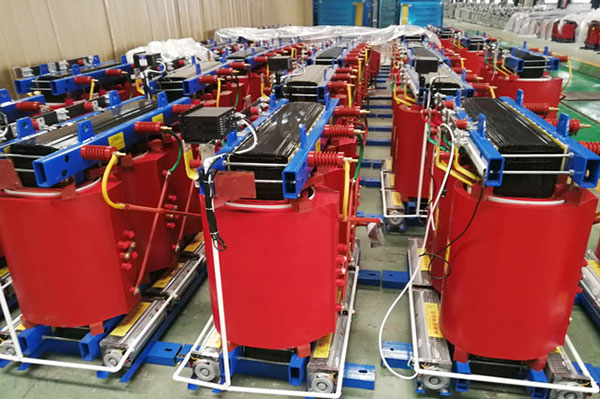Dry-type transformer is a common power transformer, its main feature is that the winding and iron core are not in direct contact with the cooling medium. Compared with oil-immersed transformers, dry-type transformers have advantages in fire prevention, environmental protection, and maintenance. Dry-type transformers usually use insulating materials to isolate the winding and iron core to ensure the safe operation of electrical equipment.
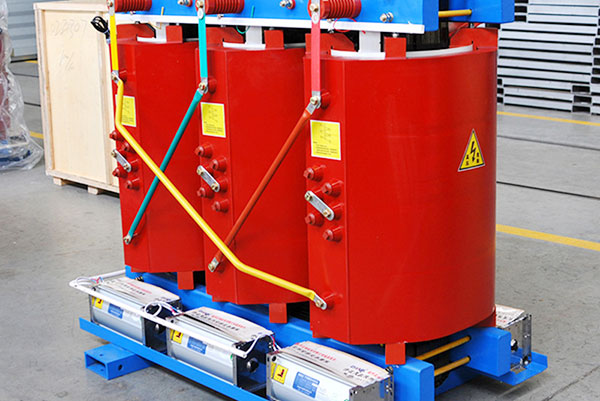
Dry-type transformers work similarly to other types of transformers. It transfers electrical energy from one circuit to another through the principle of electromagnetic induction, changing the magnitude of voltage and current at the same time. The windings of dry-type transformers consist of coils of conductors separated from the core by insulating material. This design prevents the windings from coming into contact with the outside environment, thereby reducing the risk of fire.
Dry-type transformers are widely used in many fields, including industrial, commercial, and residential. They are commonly used in power distribution systems to convert high voltages to low voltages to meet the needs of various devices and appliances. Dry-type transformers can also be used in power transmission and distribution systems to provide stable power.
One of the advantages of dry-type transformers is their relatively low maintenance costs. Since there is no liquid cooling medium, there is no need for regular oil changes, thus reducing the workload of maintenance and maintenance. In addition, the dry-type transformer will not leak oil, which reduces the impact on the environment and is more environmentally friendly.
In conclusion, the dry-type transformer is a reliable and environmentally friendly power transformer. By isolating the windings and core, it reduces the risk of fire and has low maintenance costs. In different fields, dry-type transformers are widely used in power transmission and distribution systems to provide stable power.






